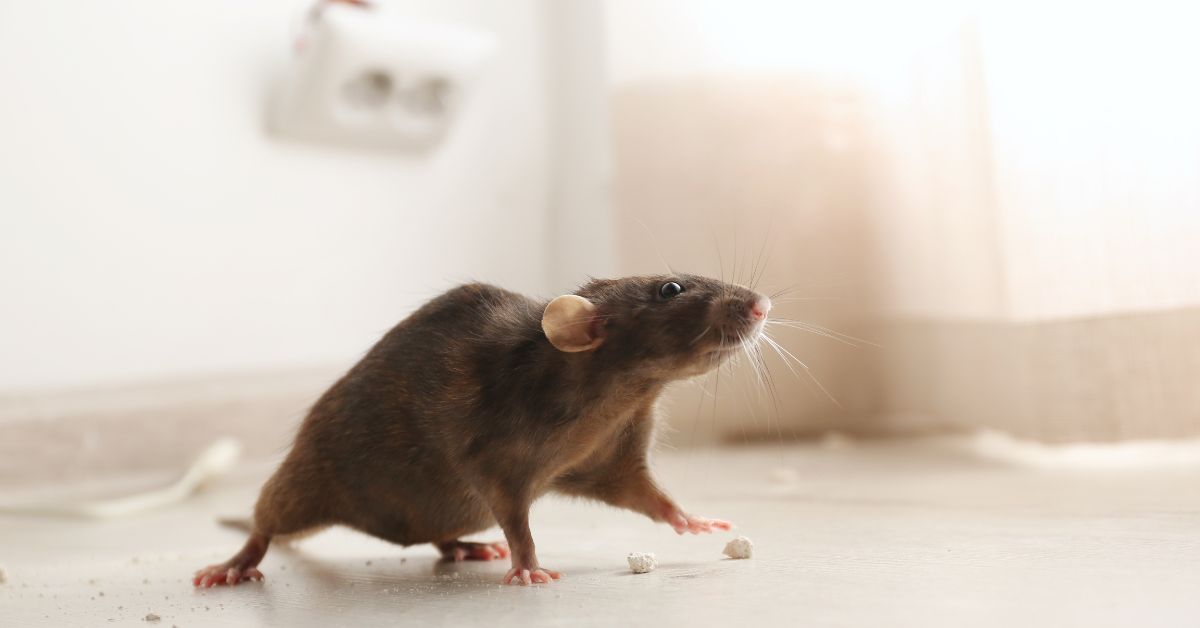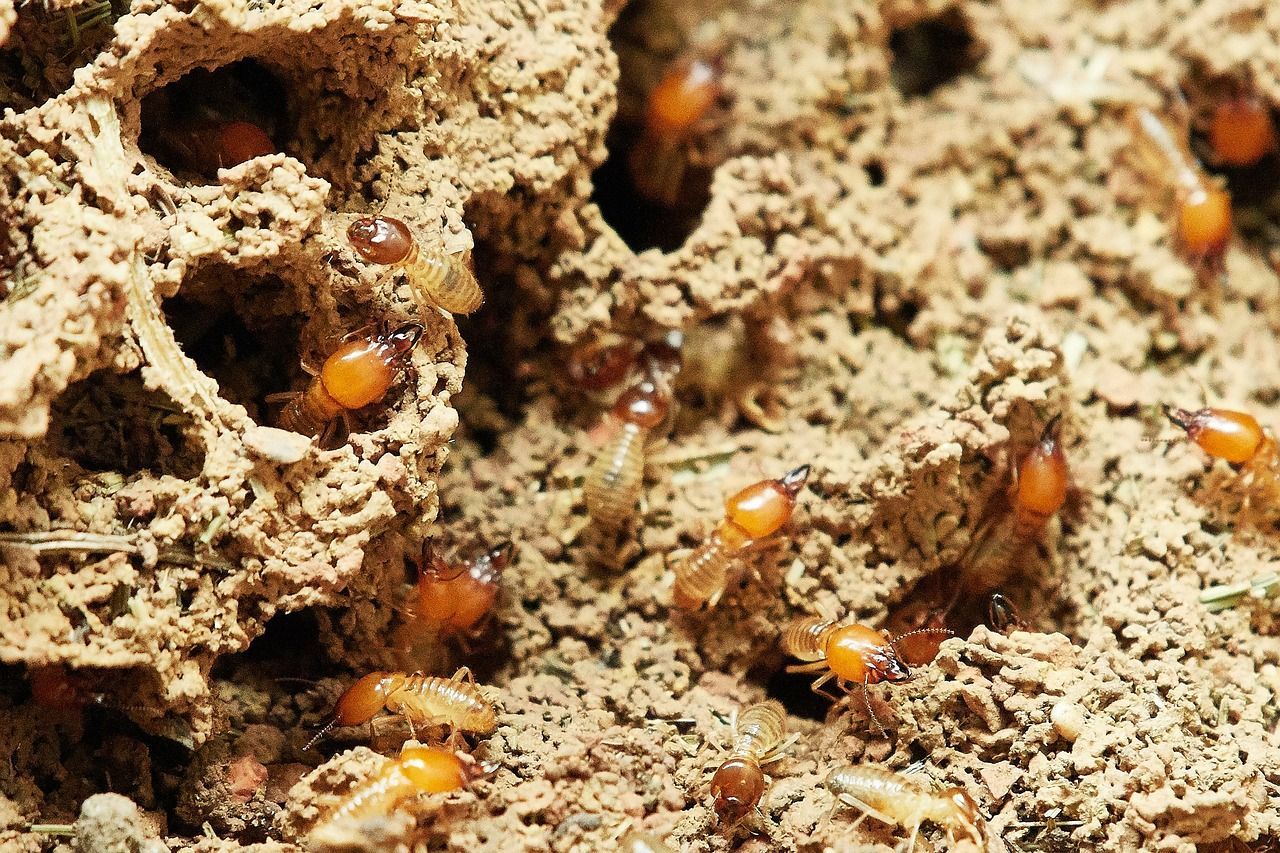How to Protect Your Home from Termite Damage
Termites may be small, but they can cause massive damage to your home. In fact, these silent invaders are responsible for billions of dollars in property damage each year in the U.S. While they typically stay hidden, their destructive potential can wreak havoc on your wooden structures, furniture, and even your foundation. The good news is that you don’t have to sit back and let them feast on your home.
In this blog post, we’ll explore practical, easy-to-follow steps to protect your home from termite damage. Whether you’re a first-time homeowner or have had past experiences with termites, this guide will help you secure your home and give you peace of mind.
Understanding the Threat: What Are Termites and Why Are They So Dangerous?
Before we dive into prevention strategies, it’s important to understand the termite threat. Termites are wood-eating insects that feed on cellulose, which is found in wood, paper, and other organic materials. They live in colonies, often hidden underground or within the walls of your home, silently causing destruction.
Types of Termites
- Subterranean Termites: These termites live in the soil and build mud tubes to enter your home. They're the most common type found in the U.S.
- Drywood Termites: They infest dry wood and don’t require contact with the ground. While less common, they’re still a major threat in some areas.
- Dampwood Termites: Prefer moist, decaying wood and are often found in areas with high humidity.
Why Are Termites So Dangerous?
Termites are often called “silent destroyers” because they can go undetected for months or even years, feeding on your home without you knowing. They work from the inside out, hollowing out wooden structures, weakening beams, and even causing entire walls to collapse. The worst part? By the time you notice the damage, it’s often too late, and the repairs can be costly.
Signs of Termite Infestation: What to Look For
The first step in protecting your home is knowing what to look for. Catching termite damage early can save you from major headaches down the line. Let’s take a look at some common signs of a termite infestation:
1. Mud Tubes on Walls or Foundation
Termites build mud tubes to travel between their colonies and food sources. These tubes often appear along the foundation, walls, or in crawl spaces. If you spot them, it’s time to call in the experts.
2. Hollow-Sounding Wood
Tap on your walls, floors, or wooden beams. If they sound hollow or lighter than usual, termites may have eaten away the inside, leaving the outer shell intact.
3. Swarming Termites
Swarming termites usually happen during warm months. If you see winged termites or discarded wings around windowsills or doorways, it’s a clear sign of an active colony nearby.
4. Wood Damage
Inspect wooden furniture, beams, or structural wood for visible damage, such as small holes, blisters in the wood, or sagging floorboards.
5. Frass (Termite Droppings)
Drywood termites leave behind a powdery substance called frass. These droppings can be found near areas where they’ve been feeding, especially around baseboards or wooden furniture.
Preventing Termite Damage: Steps You Can Take Today
Now that you know the signs, let’s talk prevention. The best way to protect your home is by taking proactive measures to stop termites before they start feasting on your property.
1. Keep Your Home Dry
Termites love moisture, so fixing leaks in your roof, pipes, or around windows can make your home less inviting. Dampwood termites, in particular, are attracted to moist environments.
2. Seal Cracks and Gaps
Check the foundation, window frames, and doors for any cracks or gaps. Sealing these entry points can help prevent termites from entering your home.
3. Maintain a Barrier of Gravel or Stone Around the Foundation
A gravel barrier around the perimeter of your home can help keep termites from getting too close. Subterranean termites need contact with soil to travel, and gravel can help make your foundation less accessible to them.
4. Remove Wood and Debris from Around the Home
Termites are attracted to piles of wood, mulch, or leaves. By keeping these away from the foundation, you remove easy access to food sources.
5. Install a Termite Barrier or Baiting System
A professional pest control service can install a chemical barrier around your home or set up baiting systems. These systems are designed to kill termites when they come into contact with the treatment.
Professional Termite Control: Why You Need an Expert
While DIY methods can help, professional termite control is often necessary for long-term protection. Here’s why you might want to call in the pros:
1. Advanced Detection Techniques
Professionals use specialized tools like infrared cameras and moisture meters to detect termite activity behind walls, under floors, and in places you might not even think to check.
2. Safe, Effective Treatments
A pest control expert knows exactly which treatments will be most effective for your specific termite problem. Whether it's baiting systems, liquid treatments, or fumigation, they will use the safest and most efficient method.
3. Ongoing Monitoring
Termite control isn’t a one-time job. Experts will schedule regular inspections and treatments to ensure your home stays termite-free. Prevention is key!
Termite Damage Repair: What to Do if You Already Have an Infestation
If you’ve discovered termites in your home, it’s not too late to take action. But it’s important to act quickly to minimize the damage. Here’s what you need to know:
1. Call a Pest Control Professional
The first thing you should do is contact a pest control professional who can evaluate the extent of the infestation and begin treatment immediately.
2. Repair the Damage
Once the termites are eradicated, you’ll need to repair any damage. This might involve replacing structural wood, repairing drywall, or fixing other damaged areas.
3. Consider Termite Insurance
If you live in an area prone to termites, termite insurance or a home warranty that covers termite damage might be worth looking into for future peace of mind.
Termite Myths: Debunking Common Misconceptions
There are plenty of myths floating around about termites, and it’s time to set the record straight. Let’s tackle a few common ones:
Myth #1: Termites Only Eat Wood
Fact: While termites do love wood, they can also feed on other cellulose-based materials, including cardboard, paper, and insulation.
Myth #2: You Can Always See Termites in Action
Fact: Termites are secretive and tend to stay hidden inside walls, ceilings, or under floors, making them hard to detect until significant damage has occurred.
Myth #3: Termites Only Live in Rural Areas
Fact: Termites can thrive in both rural and urban areas. As long as there’s wood and moisture, they’ll find a way in.
Need Help? Call Eyring Pest Control for Expert Termite Protection in West Jordan, UT
If you're looking to protect your home from termite damage, don’t wait until it’s too late! At Eyring Pest Control, we specialize in termite inspections, prevention, and eradication services in West Jordan, UT, and the surrounding areas. Our team of experienced professionals is here to ensure your home stays safe from these destructive pests.
Why Choose Eyring Pest Control?
We understand how important your home is to you, and we’re committed to providing reliable, effective pest control services. Whether you’re dealing with an active infestation or want to take preventative measures, our experts have you covered. With years of experience and the latest termite control technology, we’ll keep your property safe and termite-free.
Contact us today at
385-290-9782 to schedule your inspection or treatment. Don’t let termites destroy your home—let us help you protect it for years to come!
FAQs
Our Recent Articles




